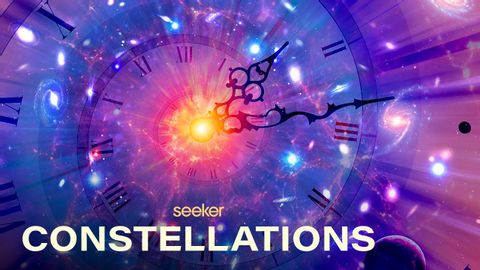日時計から原子時計へ。日時計から原子時計まで:宇宙が私たちの時間の理解をどのように形作っているか (From Sundials to Atomic Clocks: How the Universe Shapes Our Understanding of Time)
Summer が 2021 年 04 月 02 日 に投稿  この条件に一致する単語はありません
この条件に一致する単語はありません- v.t./i.出場する;計算する;思う;思う
- n.姿 : 体形;数字;人物像;図表;著名人;姿の輪郭;数字
US /dɪˈtɚmɪn/
・
UK /dɪ'tɜ:mɪn/
US /ˈenʃənt/
・
UK /'eɪnʃənt/
US /ˈstrʌk.tʃɚ/
・
UK /ˈstrʌk.tʃə/
- n. (c./u.)構造;建物
- v.t.組み立てる;組織する
エネルギーを使用
すべての単語を解除
発音・解説・フィルター機能を解除
